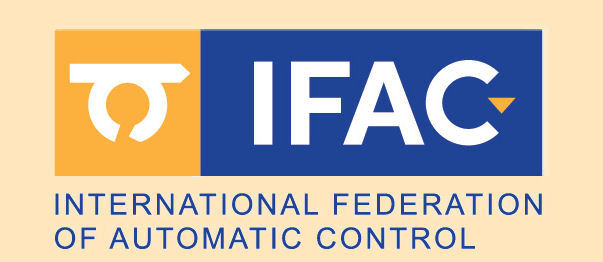| Paper TuA1.3
Nakayama, Yuki (The University of Tokyo), Yamasaki, Yudai (The University of Tokyo)
Analysis of CO2 Emission Mechanisms of Hybrid Vehicles on Uphill Gradients with a Focus on Maximum Curvature on Actual Roads
Scheduled for presentation during the Regular Session "Advanced combustion engine modelling and control" (TuA1), Tuesday, June 17, 2025,
11:10−11:30, Kapel
AAC 2025 11th IFAC International Symposium on Advances in Automotive Control, June 15-18, 2025, Eindhoven, Netherlands
This information is tentative and subject to change. Compiled on June 1, 2025
|
|
| Keywords Powertrain modeling and control, Vehicle dynamics, control and state estimation
Abstract
A lot of research has been done to identify the factors of fuel consumption and CO2 emission on-road driving. However, the mechanism of CO2 emission and/or fuel consumption is unclear because the road driving condition is influenced by many factors and its complexity. In this study, on-road driving test was conducted and the mechanism of fuel consumption in uphill section was discussed using a machine learning. Then, a fuel consumption prediction model was constructed using LightGBM (Light Gradient Boosting Machine), a machine learning method, based on the data, and features that have a significant impact on fuel consumption were analyzed using SHAP (SHapley Additive exPlanation) values. The results showed that SOC (State of Charge) had a different influence on fuel consumption in specific period. Further analysis by subdividing the on-road driving data by maximum curvature value revealed that the larger the maximum curvature value, the more the SOC and curvature affected the fuel con-sumption. In the time series data with large fluctuations in SOC, we confirmed that torque as-sistance by the motor occurred on curves with maximum curvature greater than 0.03 (1/m), but not on other curves. This suggests that the SOC fluctuates with the maximum curvature, which may affect fuel consumption. By utilizing and verifying this inference for powertrain control, it will be possible to construct a vehicle control system with lower fuel consumption.
|
|


 This site is protected by copyright and trademark laws under US and International law.
This site is protected by copyright and trademark laws under US and International law.